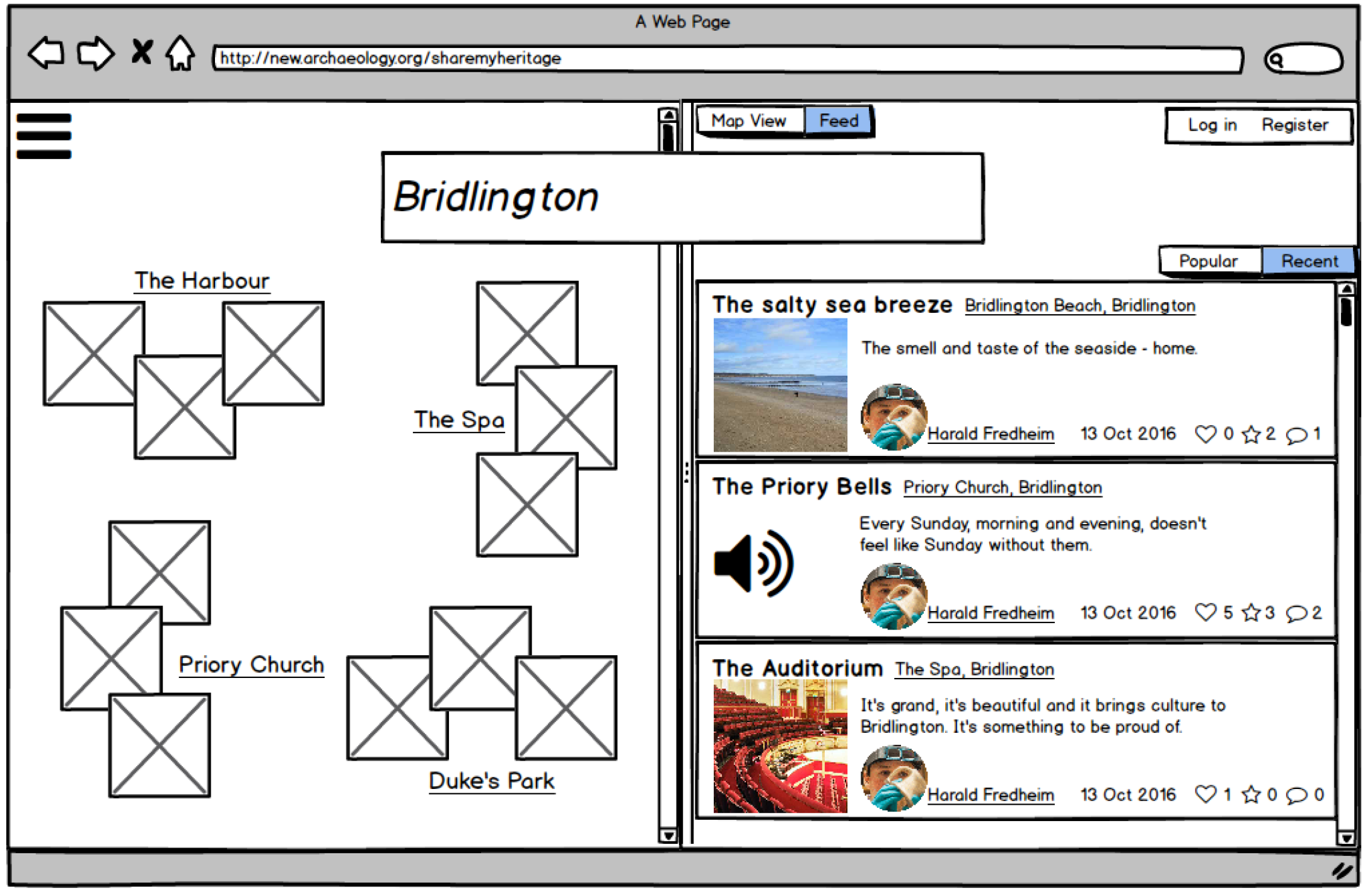In February, two people whose writing I always enjoy reading blogged about different forms of partnership working. Sara Perry wrote about the “everyday diplomacy” required for effective collaboration, while Pat Hadley proposed “gooey” and “prickly” experts as reference points for understanding the role of expertise in shaping effective forms of collaboration in different contexts. Since then I have thought a lot about #hexpertise – whether more accurate understandings of expertise and the benefits of participation can lead to productive renegotiations of professional and volunteer roles and responsibilities in caring for heritage. I specifically wrote about this last autumn, but it has quickly become a recurring theme for me that runs through most of what I write.
Pat’s prickly and gooey experts struck a chord with me, especially because I think sometimes we don’t know what kind of expert we, or the people we work with, are. I would argue that most of us have both prickly and gooey parts; take conservators as an example, who Pat identifies as prickly experts. It is true that conservators have a lot of specialist expertise about things most people know very little about. We know things about different types of materials, how they deteriorate, how deterioration can be mitigated etc., and conservators know a little about an awful lot of things and are really good at knowing when to bring other experts into the mix and when to hold off on decisions until more information has been gathered. Don’t try to tell a conservator which scalpel blade or adhesive to use. But increasingly, conservators also have to deal with people. Conservators need to understand what it is they are supposed to be conserving exactly, is it how something looks, how it works or the original material it is made of. These questions often have no right or wrong answer. Usually, making a good decision will require your knowledge and preferences as a owner and the conservator’s knowledge of what is possible, what will work well and what the implications of your decisions might be if you wanted to use this thing you’re having conserved differently in the future. As Pat says, successful collaboration requires trust, and it requires knowing when to trust and when to assert yourself. When operating in a new area this can be difficult – as I have found while pretending to be a web-designer.
Sara’s piece is also on collaboration, but it focuses in on questions of how to teach someone to be an effective collaborator. Successful collaboration doesn’t just happen, and arguably what makes collaboration successful is the right team of collaborators. The world needs good team-players; how do we teach the necessary skills – or how do we encourage people to learn collaboration? Agency has become a really central theme in both my research and teaching over the past half year or so; in a #hexpertise sense of working as a heritage professional with community groups and with regard to the agency of my students in their own learning process. I like to think that Paolo Freire’s critical pedagogy underpins both my research and teaching practice – the truth is, I still have some way to go. Here I’m thinking of the idea that students are active agents in a knowledge creation process and that learning only truly happens when students generate knowledge for themselves, as opposed to have knowledge deposited in them by a teacher.
Recently, I came across Exemplar Theory, which proposes that we form concepts from examples. This is also how we learn languages; memorising translations or definitions will only get you so far. A pedagogical application of this is that the best way to teach a concept is to provide loads of great examples. I love connecting different ideas and coming up with theories and concepts. I think I’m pretty good at forming definitions and explaining things – but if you want to understand what I’m saying, you’d probably be better off if I gave you examples and let you make those connections yourself. I think I’m doing you a favour by doing that work for you, but I might actually be doing you a disservice. I give you definitions instead of examples because that’s what I’m good at. I’m helping you cut the corner on an arduous learning process – but that process may be exactly what you need.
Pulling all these things together – my thoughts on #hexpertise are that a beneficial renegotiation of roles and responsibilities, be it between “experts”, between professionals and volunteers, or between students and teachers, is about expertise, but it is also about the benefits of agency in participation. What makes an act a service or a disservice? I’d suggest we start by distinguishing our prickles from our goo. Then we can discuss what we hope of getting out of working together. Then we can start negotiating roles and responsibilities. At the moment, I’m thinking the ideal scenario is one where that renegotiation never ends. Maybe I’ll be writing about #hexpertise forever.

 .
.
